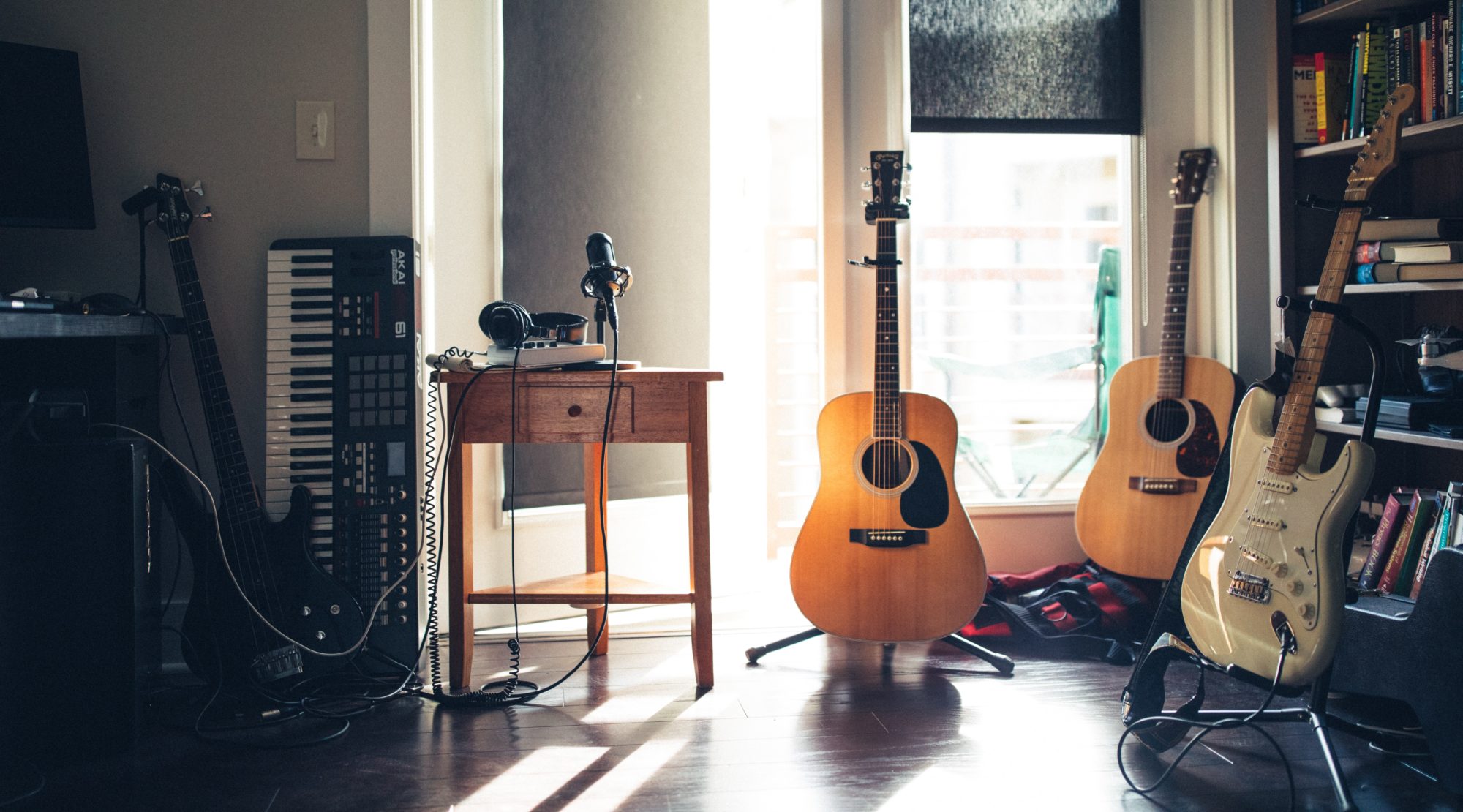Not to be outdone by Anderton’s PRS Silver Sky video today, Thomann have shot a shootout video comparing a real Fender Strat against two of its competitors – Suhr (who used to work for Fender) Classic Pro and the new PRS Silver Sky.
It’s wonderfully click-bait-y – but do we learn anything from this video? I’m not sure that we do.
I didn’t hear much difference between the three – and nowhere near the amount of difference that I was expecting. The extra low end we heard the PRS Silver Sky do on the Andertons video isn’t there, and neither is the high-end from the Suhr’s stainless steel frets. I played a Suhr Classic Pro about a month ago, and in person that extra high-end is far from subtle.
So yeah, I’m surprised, and I’m not sure what to make of it.
Please head over to YouTube to leave a like and a supportive comment if you enjoyed Kris’s video.
